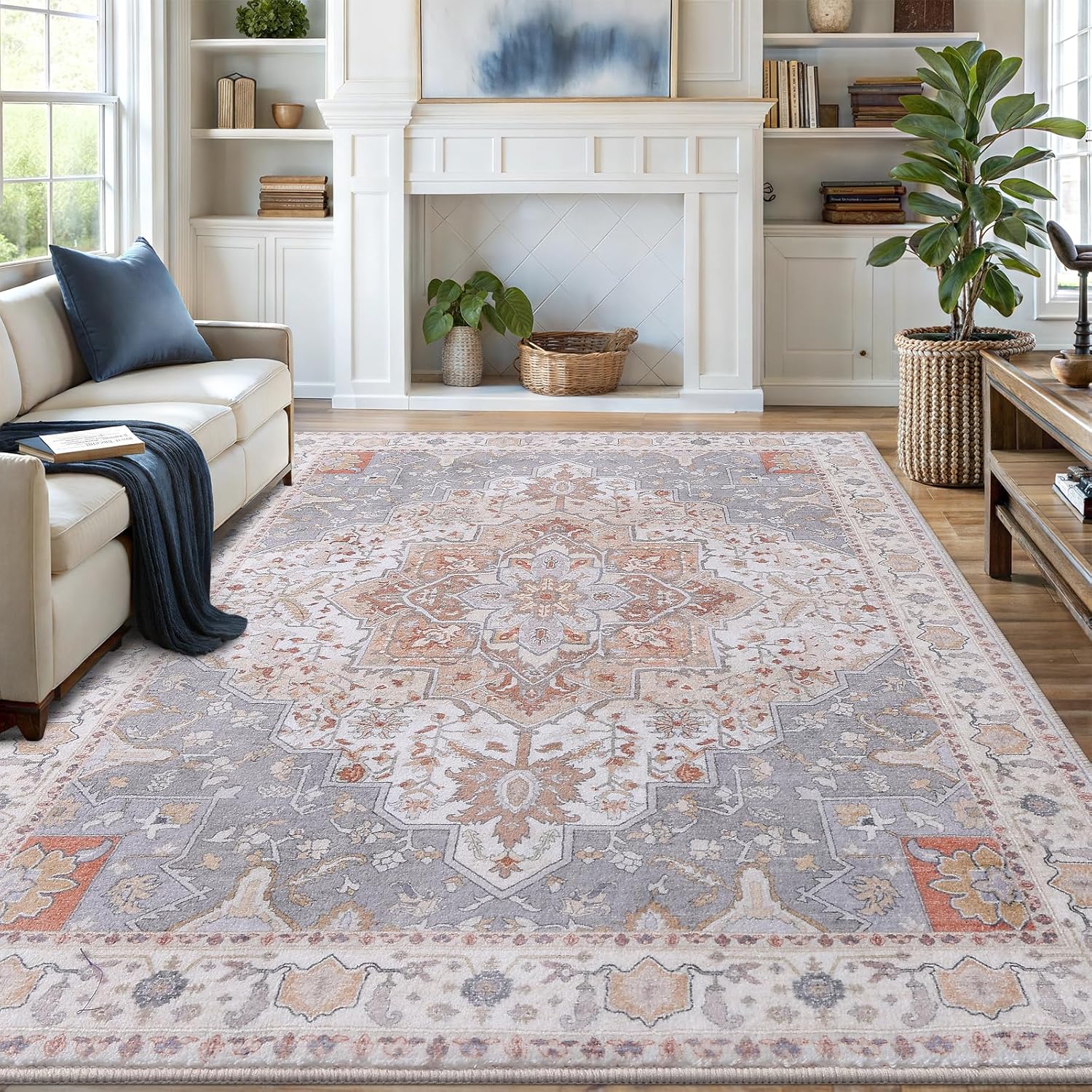The best way to clean laminate flooring is to use a damp mop with a gentle cleaner specifically designed for laminate, avoiding excess water.
Laminate flooring offers the beauty of hardwood at a fraction of the cost, but improper cleaning can cause irreversible damage. Unlike solid wood, laminate can’t be refinished – making proper maintenance crucial for longevity. This guide reveals professional techniques to clean laminate floors safely while avoiding common pitfalls.

Essential Laminate Floor Cleaning Supplies
Gather these tools before starting:
- Microfiber mop (avoid sponge mops that push dirty water into seams)
- Soft-bristle broom or cordless vacuum with hard floor attachment
- pH-neutral cleaner or white vinegar
- Several clean microfiber cloths
- Plastic putty knife for stubborn debris
Why Microfiber Works Best
Microfiber’s ultra-fine fibers trap dust and dirt particles instead of pushing them around. The electrostatic charge attracts dust naturally, reducing the need for harsh chemicals. For heavily soiled areas, consider our recommended organic cleaning products that won’t damage the protective top layer.

Step-by-Step Laminate Floor Cleaning Process
Daily Maintenance (2-3 minutes)
- Dry sweep or vacuum using a soft brush attachment
- Spot clean spills immediately with a barely damp cloth
- Use doormats at all entrances to reduce dirt accumulation
Weekly Deep Cleaning (15-20 minutes)
- Remove all furniture and rugs from the area
- Dry sweep thoroughly to eliminate abrasive particles
- Mix cleaning solution: 1 gallon warm water + 1 cup vinegar OR manufacturer-approved cleaner
- Dampen (don’t soak) microfiber mop and wring until nearly dry
- Mop in the direction of the planks, working toward an exit
- Dry immediately with clean microfiber towel
Advanced Stain Removal Techniques
| Stain Type | Solution | Method |
|---|---|---|
| Oil/Grease | Rubbing alcohol or acetone | Apply sparingly on cloth, blot gently |
| Wax/Gum | Ice pack | Freeze and scrape with plastic tool |
| Permanent Marker | Toothpaste | Rub gently with soft cloth |
| Red Wine | Hydrogen peroxide | Apply for 1-2 minutes then wipe |
Scuff Mark Removal
For fresh scuffs, try these methods:
- Pencil eraser (white vinyl works best)
- Baking soda paste (1 tbsp water + 2 tbsp baking soda)
- Rubber soled shoe – gently drag over mark
Critical Mistakes to Avoid
Water Damage Prevention
According to the National Wood Flooring Association, laminate floors swell when exposed to excess moisture. Never use:
- Steam mops (despite manufacturer claims)
- Soaking wet mops
- Traditional mop buckets that leave standing water
Chemical Hazards
These products can degrade the protective top layer:
- Ammonia-based cleaners
- Wax or polish
- Abrasive scrubbers
- Oil soaps
Professional Maintenance Tips
Extend your floor’s lifespan with these expert recommendations:
Protective Measures
- Use felt pads under all furniture legs
- Place walk-off mats at exterior doors
- Trim pet nails regularly
- Rotate area rugs seasonally
Seasonal Care
Humidity changes affect laminate flooring. Maintain 35-65% relative humidity year-round to prevent gaps or buckling. In dry months, use a humidifier; in humid months, run dehumidifiers or air conditioning.
For homes with pets, the ASPCA recommends cleaning accidents immediately with an enzymatic cleaner to prevent urine from seeping into seams.

